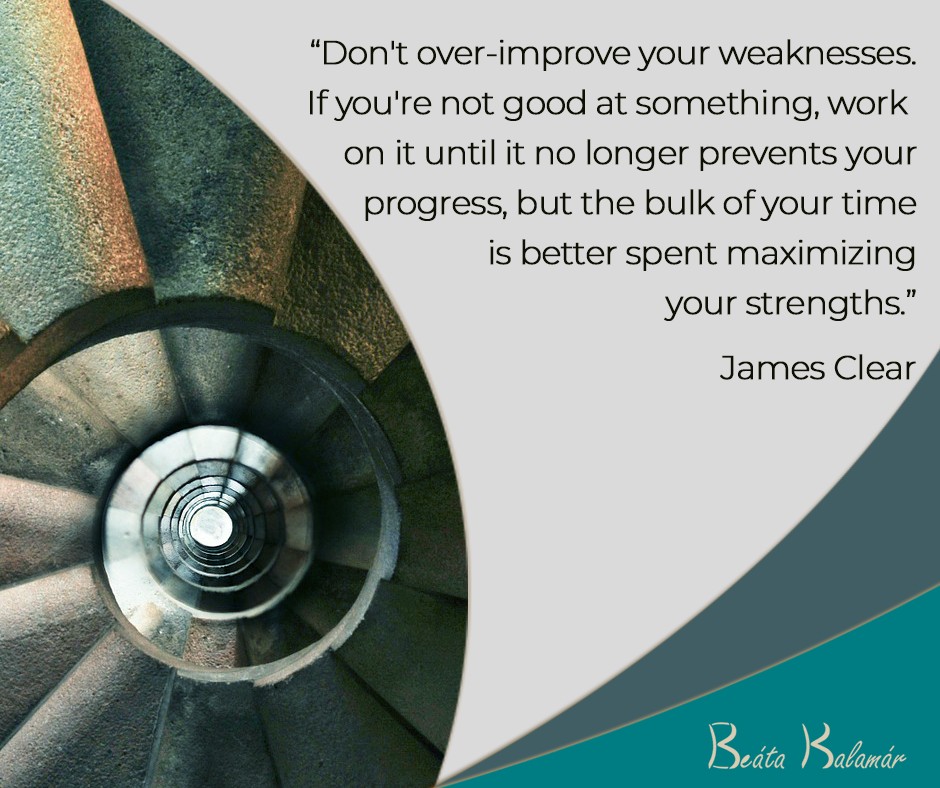
Moving More, Discovering Faster: How Relocation Boosts Scientific Advancements
An innovative study has uncovered an unexpected driver of scientific progress: physical mobility. Research featured in the International Economic Review indicates that frequently changing locations or working in diverse settings speeds up the initiation of groundbreaking scientific investigations—sometimes by several years.
By examining the career paths of Nobel Prize winners from 1901 to 2003, including those honored in chemistry, medicine, and physics, researchers discovered that individuals who frequently relocated or divided their time among various institutions began their Nobel Prize-winning research much earlier than their more sedentary counterparts.
A New Mobility Approach for Scientific Ingenuity
The research, collaboratively authored by economists Bruce Weinberg from The Ohio State University, John Ham from New York University Abu Dhabi, and Brian Quistorff from the U.S. Bureau of Economic Analysis, analyzed how geographic mobility influences the timing of significant research initiatives.
Key revelations include:
– Nobel laureates who moved often commenced their award-winning research up to two years earlier than those who stayed at a single location.
– Researchers who engaged with multiple institutions simultaneously began their groundbreaking projects as much as 2.6 years sooner.
– Relocating every two years could potentially advance the start of pioneering science by 2 years, while a move every five years could still yield a 0.7-year benefit.
The analysis highlights the crucial importance of intellectual exchange. “They’re encountering intriguing ideas in one place and distinct concepts in another. They are integrating these elements in innovative, meaningful ways,” shared Weinberg. “While remaining in one location can provide intellectual stability, it may also constrain creativity.”
Beyond Research Hubs: The Importance of Mobility
Earlier research has applauded the advantages of innovation hubs—such as Silicon Valley or elite university clusters—where brilliant minds converge. However, this new study posits that mobility between such hubs may be equally vital. Simply being in a rich idea environment isn’t enough; the exposure to different concepts across various fields seems essential.
“You may find yourself in a single location surrounded by many bright individuals,” remarked Weinberg, “but eventually, you’ve engaged with all of them and establish a shared understanding of operations.” He noted that breakthroughs may depend on discovering new thought patterns—a spark that’s more likely when scientists shift environments.
What This Means for Scientific Careers
The path to Nobel-level discoveries is a lengthy one. Just 5% to 10% of laureates initiated their award-winning research within their first year in their careers. Some waited decades—up to 30 or 40 years—before starting the work that would revolutionize science forever.
This duration can potentially be reduced through intentional mobility, advancing the timeline for the next significant scientific breakthroughs. For a researcher who might typically require ten years to commence groundbreaking work, relocating every two years could cut that wait by nearly 25%.
Mobility also broadens one’s network, reveals biases within isolated scientific communities, and fosters interdisciplinary collaboration—elements increasingly acknowledged as crucial for innovation.
Implications for Academia and Beyond
The findings lend credibility to policies that encourage professional flexibility, such as academic sabbaticals, overseas fellowships, and joint positions between institutions. Such opportunities enable scientists to immerse themselves in diverse intellectual and cultural environments.
Additionally, the implications extend beyond the realm of science. “I believe this principle may also hold true for exceptional painters, artists, and anyone engaged in a creative field,” observed Weinberg. “Their brilliance lies in crafting novel ideas and expressing them in unique manners.”
Even amidst today’s digitally interconnected world, the researchers warn that virtual collaboration may not wholly substitute for physical presence. While virtual meetings and shared documents facilitate more frequent communication, they often miss the immersive, spontaneous interactions of face-to-face encounters that can lead to new insights.
The Importance of Environment in Innovation
Weinberg and his colleagues also suggest a more profound psychological aspect. Entering a new environment may alter mental frameworks and expectations, enabling creative individuals to perceive challenges—and solutions—from new angles.
“Venturing into a radically different environment, a new context, can encourage creative individuals to think in innovative ways,” proposed Weinberg. Although this study didn’t fully investigate that perspective, it paves the way for future exploration into how environments influence cognition and creativity.
Looking Ahead
As academic and corporate entities contemplate optimal strategies for fostering innovation, this study presents a compelling case for advocating mobility—not merely as a benefit, but as a vital instrument for expediting discoveries.
Institutions can encourage early-career scientists and scholars to experience various research cultures while sustaining support networks for mentorship and collaboration. Likewise, funders and policymakers can promote mobile research fellowships and cross-institutional initiatives.
In a period when the professional landscape is rapidly evolving—with remote work, international teams, and digital collaboration becoming the standard—the research serves as a reminder of something fundamentally human: the significance of place, movement, and the blending of ideas in the tangible world.